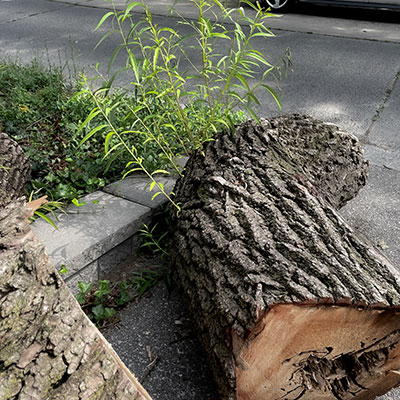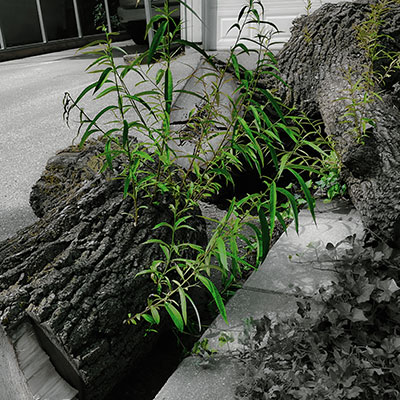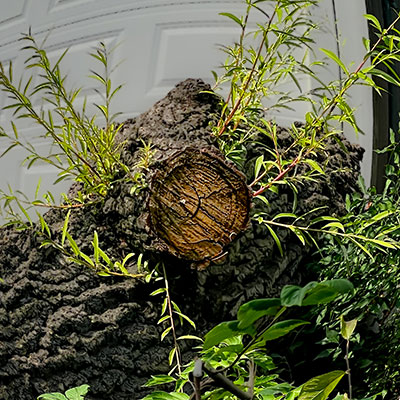“Successful people don’t control events; they control their response to events.” Dan Sullivan – The Gap and the Gain
My beautiful willow tree soars high above the urban neighbourhood in which I live. Autumn gifts her an amazing glowing yellow, a breathtaking vision when the wind and the willow dance.
One day in the summer I heard a loud cracking sound as a very large branch from the tree broke off and fell narrowly missing my garage. As I surveyed the twenty plus feet of green that came down with the branch I was devastated. What would it be like without her?
What I found out a week later from the arborist was that willow trees are very resilient. Even in its very injured form there is hope that my willow will recover.
It got me thinking, if my willow is resilient, how resilient am I? What does that even mean? What can I do to increase my resilience?
Resilience is the capacity to withstand and/or recover from difficulties. It is the ability to bounce back or successfully adapt to difficult, challenging experiences through flexibility and adaptation.
Resilience is a remarkable quality that knows no age limits. As we grow older, we face an array of physical, emotional, and social challenges just like my century old willow. However, it’s important to recognize that age does not diminish our capacity for resilience; rather, it provides a rich tapestry of life experiences to draw upon.
A useful framework for exploring what makes us resilient comes from Boise State University . Their six domains of resilience include:
- Vision– this is being able to look at the larger picture so that the smaller things cause you less anxiety. A sense of purpose fits in here as well.
- Composure – the ability to regulate our emotions and to remain calm helps us see things from many points of view.
- Reasoning – this area helps with problem solving, a very important way of dealing with challenges.
- Health – like so many things in our life nutrition, sleep and exercise also makes us better able to handle setbacks.
- Tenacity – being persistent as we deal with issues allows us to find the solutions so that we can bounce back.
- Collaboration – having networks and social support, even if they are only for moral support, expands resilience. However, our networks also help us with other domains such as reasoning, composure and tenacity.
Resilient individuals still experience stress and emotional upheaval but they are better able to handle those stresses and work through to a calm state.
The benefit of living a longer life is that we invariably have dealt with challenges both personally but also economically and socially that has given us the wisdom to be more resilient. We can look at many issues that seem very all encompassing with a perspective that is not available to a younger person.
Later life is an ideal time to continue to cultivate and grow the quality of these domains. It is also a time when we may find ourselves needing extra reserves of resilience as we lose friends and spouses and may face more physical challenges. Check out blogs like Four Ways to Deal With the Loss of a Loved One to help you find the resilience in you.
Just as my willow that has continued to grow as everything around her has changed, my goal is to use her as an emblem of resilience. Since the damaged willow limb has been resting on my driveway awaiting removal, it has grown a range of new shoots that only hint at her ability to regrow from the ruined stump.
THAT IS RESILIENCE!










